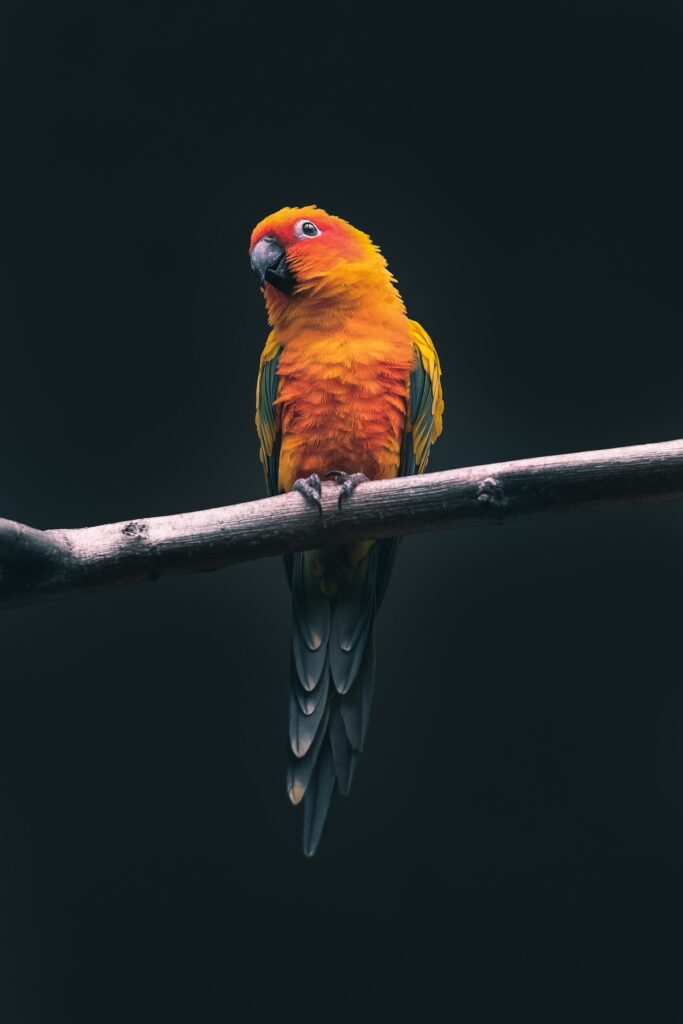Plight of The Birds

Illegal wildlife trafficking generates $7-$23 billion a year, it is the fourth largest crime type. Well-designed, e-commerce infrastructure has allowed sales to go undetected online. A web trawling tool called the “Support Vector Machine” revealed an online marketplace in Indonesia that had a quarter of a million songbirds listed on e-commerce sites from April 2020 to September 2021.
Indonesia is home to the largest number of threatened bird species. In March 2018, Joko Widodo, president of Indonesia, reported the bird trade contributed 1.7 trillion rupiahs to the economy. In 2005, 614,180 native songbirds were tapped in Java and Sumatra.
If someone is caught smuggling a bird from the Protected Species List, they can receive a 100 million rupiah fine or five years in prison, under the 1990 Conservation Act. However, wildlife traffickers have developed clever methods to evade prosecution. Captive-bred and legally traded birds are fitted with a small metal ring and a unique serial number. Sadly, smugglers have found a tool that can manufacture the same ring in larger, wild-caught birds. Stanislavas Huzhiavichus, an ex-bird smuggler, spoke out about the manipulation of CITES regulations and how a Palm Cockatoo could make smugglers £42,000 per trip.
He told The Guardian, how creating a fraudulent permit is easy, using the 38,000 protected species that are traded legally for profit. Stanislavas was able to keep the birds alive for the long journeys, the shortest of which was 2 days. That is 2 days in the dark with no food or water. Unfortunately, parrots can withstand this torture and will remain alive buried under luggage and shoved into containers, with no ventilation. The thought of a beautiful bird packed away for 48 hours with no freedom or idea of what’s happening, breaks my heart.
Laundering of wild-caught as captive-bred is one of the biggest holes in the conservation efforts. Insufficient regulation means that not only can a captive-bred bird be sold unprotected but wild-caught birds can be passed off as captive-bred.
Another bird suffering to the point of extinction is the African Grey. Their populations decline 21% every year and they are almost extinct in Ghana. Their struggle in West and Central Africa is a combination of habitat loss and being sold as pets. In 2017 the Grey moved to ‘threatened with extinction’ on the CITES list, meaning that trading was regulated. Licenses in Kenya are $100 a year, but commonly people sidestep this and buy them trafficked without declaration.
These birds are caught from young in their nest. Poaching has become more common because illegal timber and mineral trades are dangerous and run by rebel groups.
World Parrot Trust and Global Initiative Against Transnational Crime are doing what they can to decode a complex system. Run by word-of-mouth communication methods and linked to trafficking in the United Arab Emirates and Saudi Arabia.
This is a widespread issue with networks of corrupt officials and underground trading, reducing conservation efforts every day. CITES want to encourage population growth but in turn, have created a model for wild-caught birds to be traded. The upside is that a collaborative effort between governments is gaining momentum and the methods in which these birds are traded, are being monitored online.

Responses